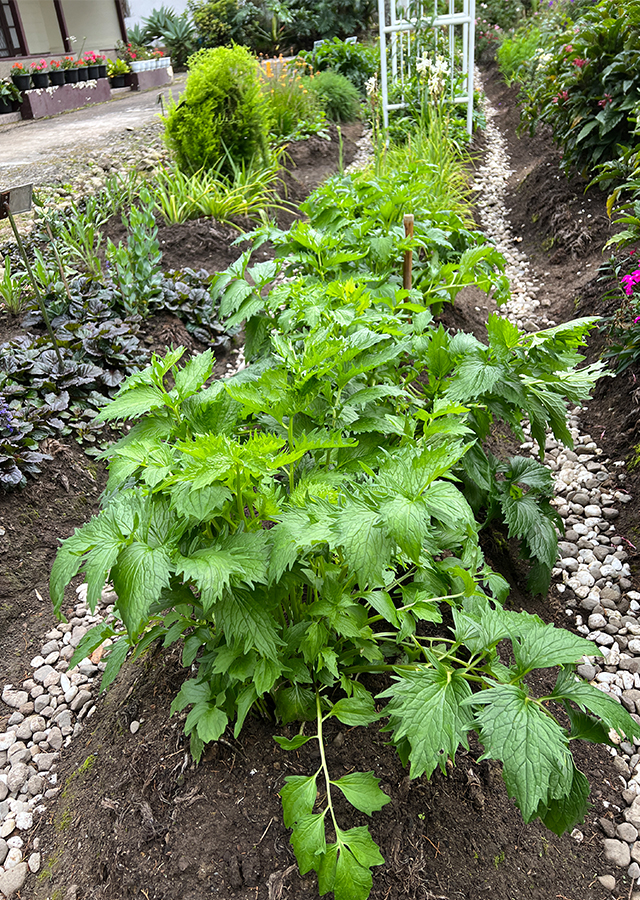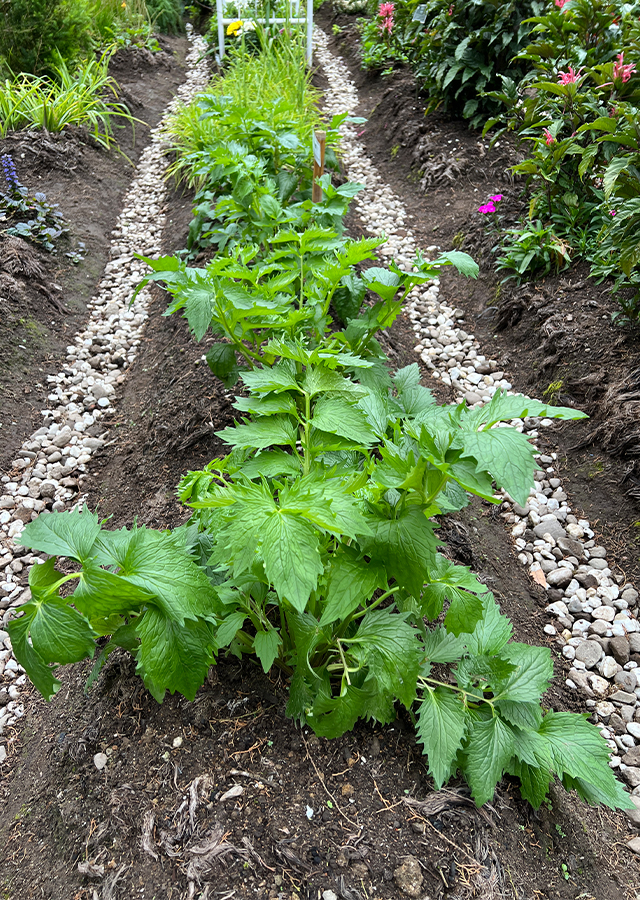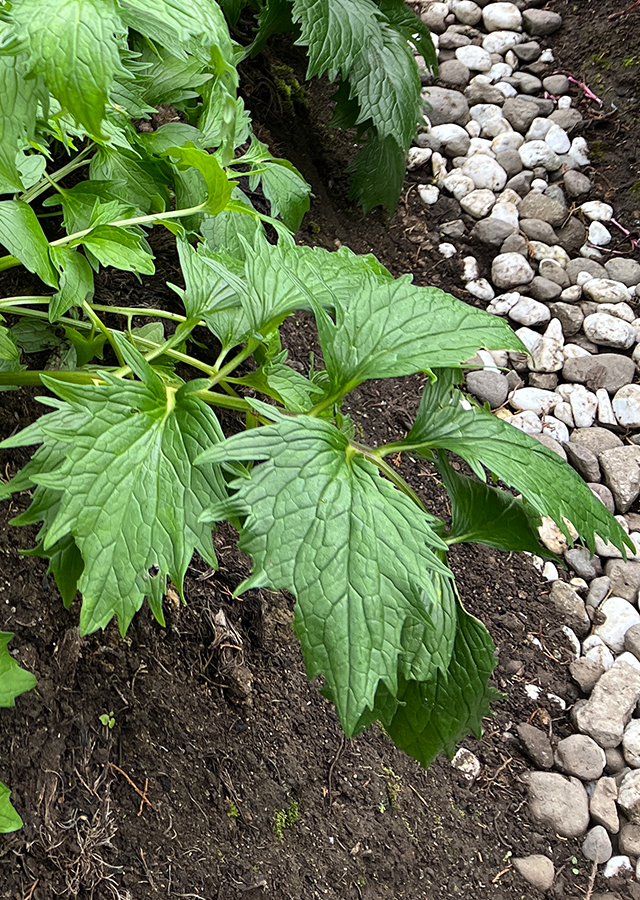Traditional Herbs from Valeriana officinalis
treating_insomnia
- Take enough valerian root, wash it thoroughly.
- Pound the root and squeeze the water.
- Drinking 300-600 mg of extract every day will improve sleep quality.
What is Valeriana officinalis Looks like??



Parts of Valeriana officinalis that could be used
- Root
Valeriana officinalis Distribution
Valeriana officinalis is a herbal plant originating from Europe and parts of Asia. However, this root is often found in North America. Valerian is widely used in America, Europe and Asia as a medicine for insomnia because valerian has a sedative effect. The part of the valerian plant that is used is the root, in the form of root rhizomes which are underground and root stolons which extend horizontally. For alternative medicinal uses, these roots are usually processed by drying. Later, the dried roots are used as tea or as a tablet or capsule supplement.Agroecology of Valeriana officinalis
Valerian is a very easy plant to grow, doing well in ordinary garden soil, preferring rich, heavy clay soils in damp areas. Thrives in full sun or partial shade, growing well in light woods. Avoid acidic soil.
Morphology of Valeriana officinalis
- Root\u00a0tap, brown.
- Stem\u00a0round, soft, erect, pale green with a smooth surface.
- Leaves\u00a0compound, oval, 2-4 cm long, 1-2 cm wide, edged buds, tapered tip and base, wrinkled surface and green.
- Flowers, compound inflorescences, shaped like bunches, cylindrical at the tip stems, green stems, round, 5-10 cm long. Light green flower petals with a smooth white crown and sometimes pink, white stamens, cylindrical stems, 0.2-0.4 cm long, colored anthers. gray, flat, white pistils, stemmed, 0.3-0.4 cm long.
- Valerian fruit is round, brown, oval.
- Seeds\u00a0round, black.
Cultivation of Valeriana officinalis
- Propagate generatively using seeds and vegetatively by dividing the clump or division.
- Seeds-\u00a0sow the seeds in a cool room and only cover the seeds as they require light for germination. Plant the seedlings into individual pots when they are large enough to plant to a permanent position when growth is sufficient. If the plants are too small to plant, plant in a greenhouse or frame.
- Division or clump division, larger divisions can be planted directly into their permanent positions smaller divisions and grow them in the shade in a greenhouse or cool room until they grow well.
Valeriana officinalis, more details :
Chemical Content of Valeriana officinalisAlkaloids (actinidine, chatinine, shyanthine, valerianine and valerine), isovaleramide, gamma-aminobutyric acid (GABA), isovaleric acid, iridoids, including valepotriates (isovaltrate and valtrate), sesquiterpenes (valerenic acid, hydroxyvaleric acid and acetoxyvaleric acid), flavanones ( hesperidin, 6-methylapigenin, and linarin).
Benefits of Valeriana officinalis
Valerian as a sedative and calming medicine, especially for people suffering from nervous tension, promotes sleep, improves sleep quality and reduces blood pressure, used internally in the treatment of menstrual pain, cramps, hypertension, irritable bowel syndrome, treating liver problems. Externally, it is used to treat eczema, boils and minor wounds. The root has antispasmodic, carminative, diuretic, hypnotic and stimulant properties.
Simplisia of Valeriana officinalis
Another Facts for Valeriana officinalis :
Synonym of Valeriana officinalis-
Habitus of Valeriana officinalis
Herb. Annual herb, can reach 1.5 m in height
Habitat of Valeriana officinalis
- Bushland
- Grassland
- Land
No comments:
Post a Comment